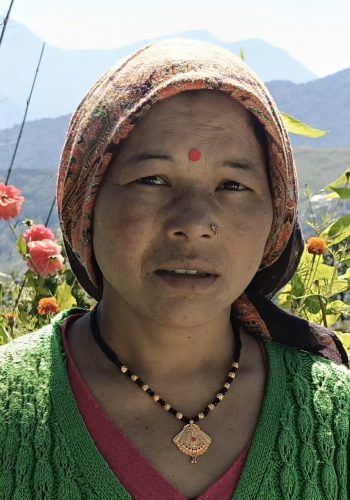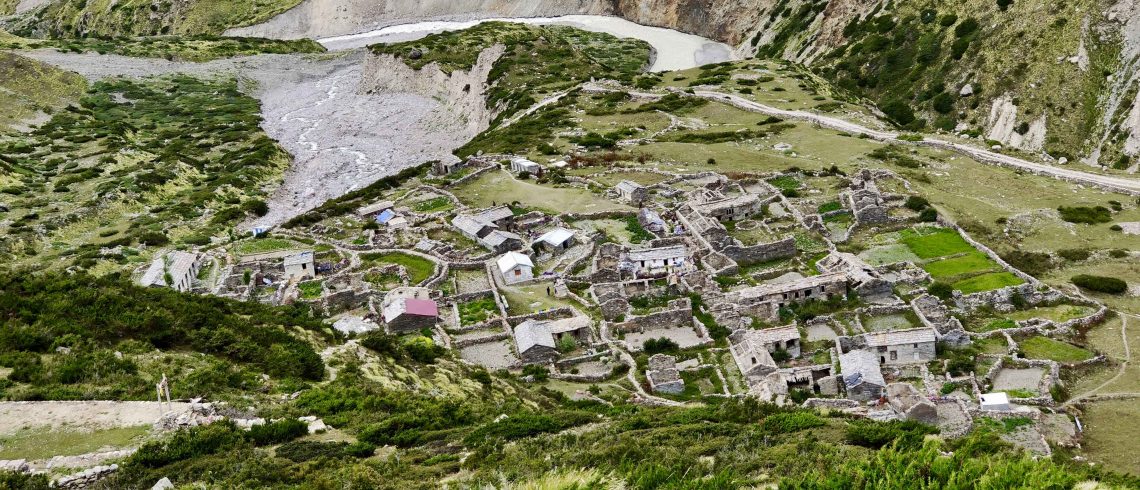
Keeda Jadi – A Boon or a Curse?
High in the remote Himalayan ranges of Uttarakhand, a rare and coveted fungus called Keeda Jadi or Yarsa Gumbu has drawn people into challenging journeys across rugged mountain paths. This story will take you on a journey across the high-altitude alpine slopes of Johar and tells of why people undertake such an arduous task and what happens to the Keeda Jadi they collect.
The trade in Keeda Jadi, once a symbol of newfound prosperity, has now woven a complex tale of fortune and misfortune. The soaring market demand has spurred rampant extraction, threatening the very existence of this prized treasure. And the ripple effects do not just end there. As the future of this fungus-larva hangs in the balance, a haunting question looms: is the boon of Keeda Jadi now becoming a curse?
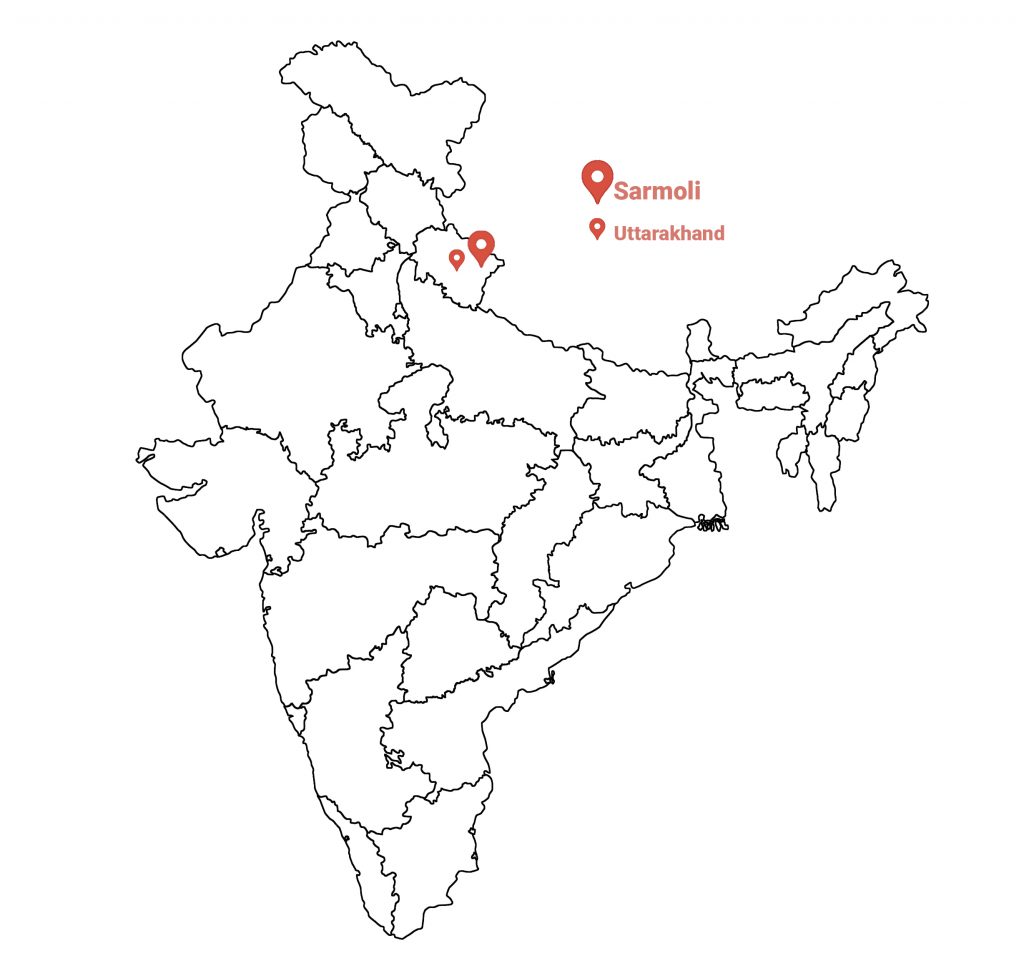
Storyteller: Deepak Pachhai
Village Sarmoli, Munsiari, District Pithoragarh, Uttarakhand
Read this story in Hindi
During the summer months, several villages in the Gori Valley in Uttarakhand’s Pithoragarh district, particularly those located at the base of the Panchachuli mountain range across the valley from the town of Munsiari, become a little less crowded than usual. In these villages, doors and windows of many houses remain closed, and there is little activity in the streets, almost as if time has halted. The only sound to be heard in the village pathways is the whisper of the wind, creating an eerie silence.
But wait – I am not referring to the much-talked-about ‘ghost villages’ of Uttarakhand, whose true story is often left incomplete and unexplained. There is a specific reason behind this silence and emptiness, and that is ‘Keeda Jadi’ (the caterpillar fungus or Cordyceps sinensis).
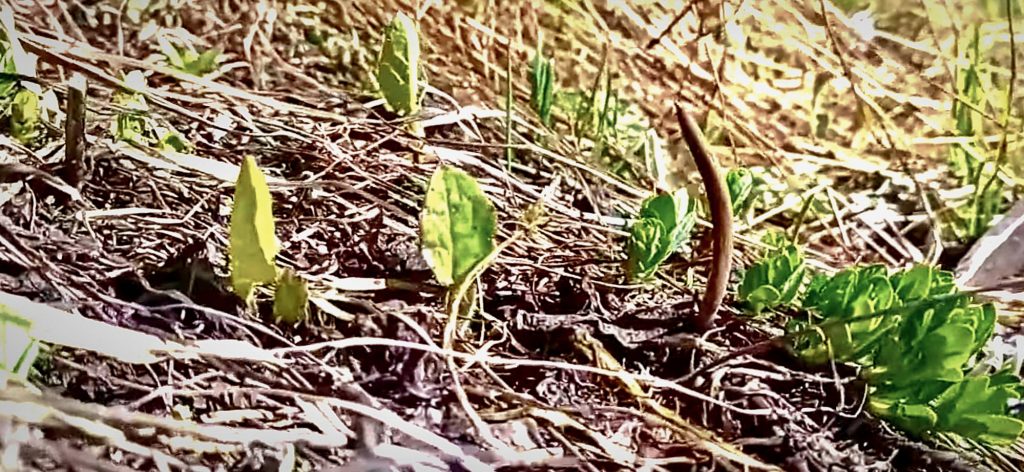
About 17 years ago, when I was 4-5 years old, I first learnt about Keeda Jadi from my father. He used to bring home sheep and goats from malla Johar – the alpine region in the upper part of the Gori Valley. During the summer months, people from the villages around Munsiari migrate to these 13 high Himalayan villages of malla Johar for six months, to graze their livestock and to farm. My father told me that people also come to malla Johar to search for Keeda Jadi – a type of caterpillar-fungus.
I used to think that when I grew up, I too would go to malla Johar in search of Keeda Jadi, bring back a lot of it, sell it off, and become rich. With that money, I would travel across Uttarakhand and beyond, tasting different kinds of food. This thought had settled in my mind since childhood.
In China, Keeda Jadi is known as ‘Yarsa Gumbu’ and in English, it is called the Caterpillar Fungus. I was quite surprised when I found out that Keeda Jadi is partly a type of mushroom. I decided to learn more about it and discovered that it is actually made up of two organisms. The upper part of Keeda Jadi is a mushroom (fungus), and the lower part is a caterpillar. But the truly fascinating part is that this fungus actually lives and grows inside the larva of the caterpillar. It uses the organism, takes its nutrients from them, and finally kills them. Such organisms are called parasitic fungi, and a particularly interesting species of these is called Cordyceps, which is a genus of mushrooms.
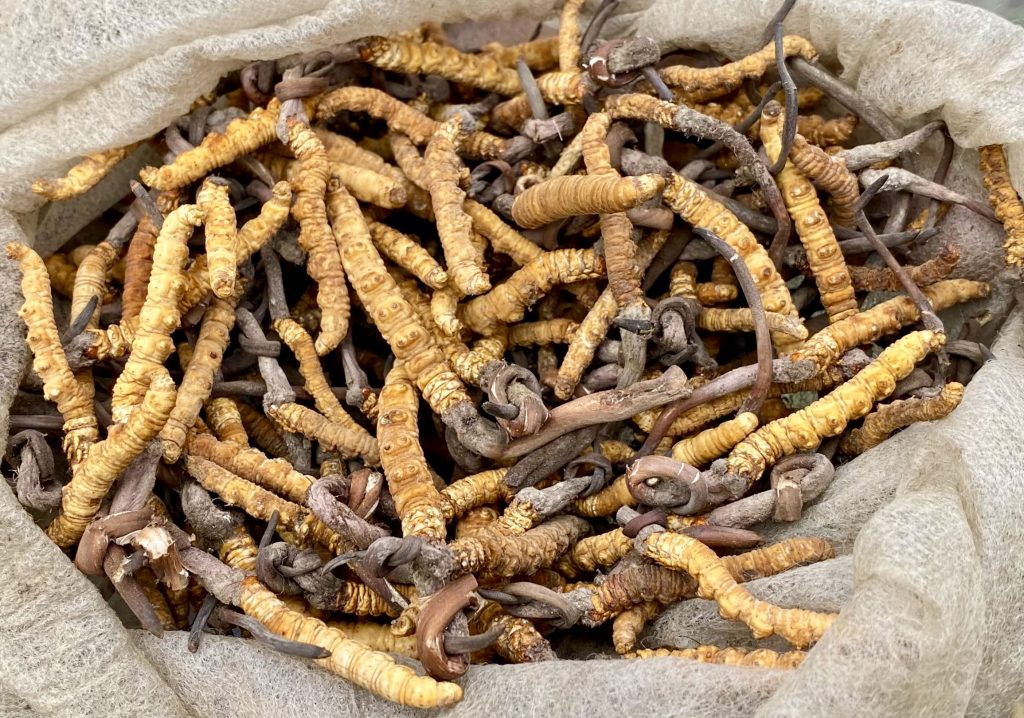
I remember about 6-7 years ago, there was a violent clash in our region between two villages of Bui and Paton, over the collection of Keeda Jadi. Some people from one village secretly went to search for Keeda Jadi in the forest belonging to the other village. When the villagers caught them, they beat them up badly. This led to a conflict between the two villages, and the matter eventually escalated and was taken to the police station
It works like this: everyone is supposed to go to their own forest commons or Van Panchayat, where they have rights, and outsiders are not allowed to enter or search for Keeda Jadi there. (A Van Panchayat is a forest commons that is community-owned and managed by the rightholder families of that village. Out of the total of 13 districts in the state, Van Panchayats operate in the 11 mountainous districts of Uttarakhand, and are not found anywhere else in India). Often, if people from other areas go into someone else’s forest to steal wood, grass, fodder, or other natural resources, it can lead to physical confrontations. And when it comes to exploiting something as valuable as Keeda Jadi, I have heard that threats to life are even made to competitors.
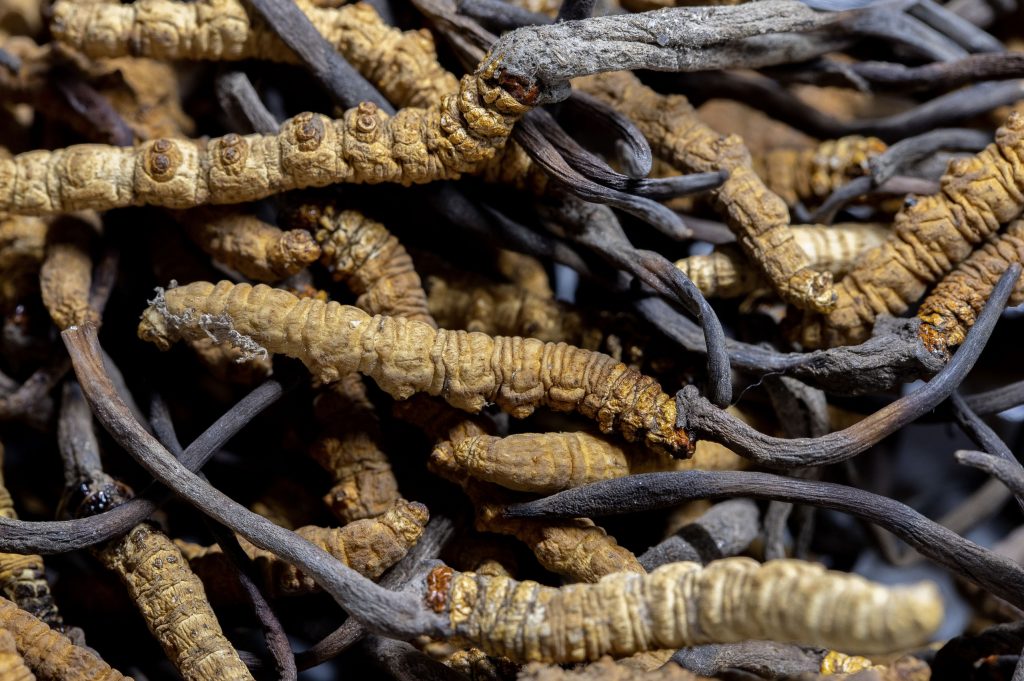
As I grew older, I learned that only those who have rights in the Van Panchayats of these summer migration villages of malla Johar, are allowed to collect Keeda Jadi in the high-altitude meadows within their panchayat areas. In fact, this is not just in Johar, but Keeda Jadi is also found in the high-altitude meadows of other parts of the Himalay in northern India. Our village Van Panchayat of Sarmoli-Jainti is located at an altitude of about 2,200 meters, but Keeda Jadi is not found here because it is typically found at altitudes of around 4,000 meters or higher. Starting in April, as the snow begins to melt and recede in the high-altitude meadows, people brave the cold to venture out in search of Keeda Jadi.
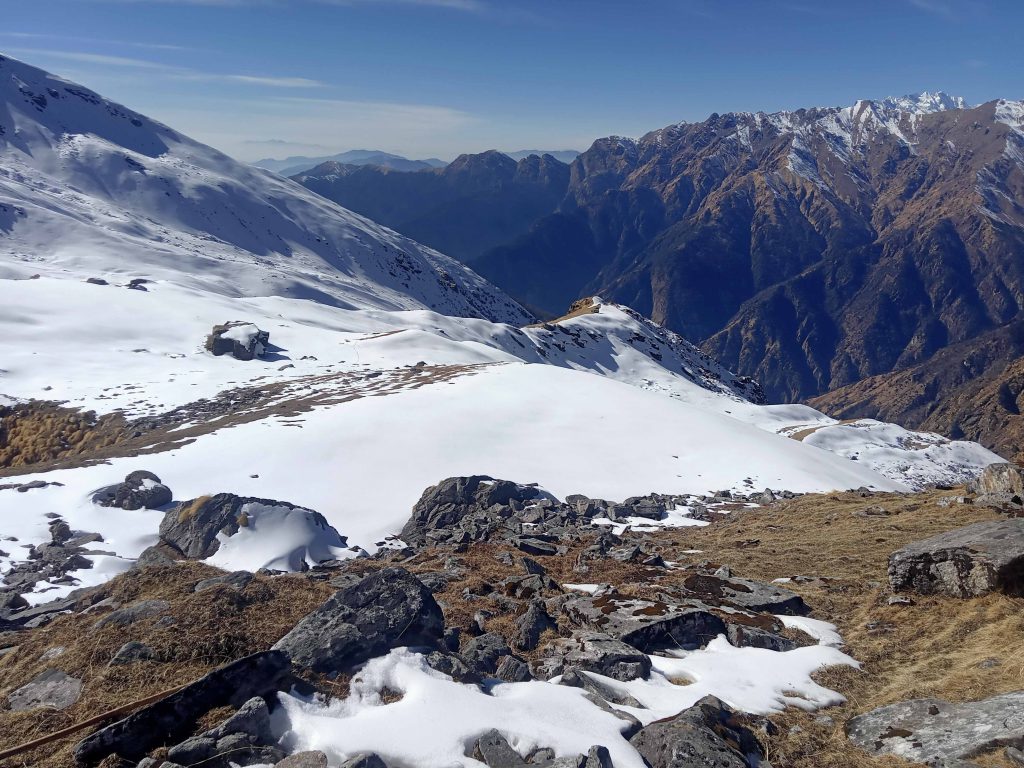
In another incident a few summers ago, my neighbor in Sarmoli, Sitaram Singh Sumtiyal, along with some of his companions, had gone up to malla Johar and had furtively ventured into another village’s Van Panchayat area near the high pass of Brijgang to search for or, you could say, steal Keeda Jadi. They had first searched for it in the Van Panchayat of their own high Himalayan migration village of Tola. Sitaram Singh explained that Keeda Jadi is scarce in Tola’s Van Panchayat area, so they were compelled to take this step.
Sitaram shared rather woefully, “Once the people of that area found out that we had entered Ralam’s Van Panchayat area, they caught us, beat us, and even took away the Keeda Jadi we had found. But we were lucky that they didn’t kill us, and we managed to escape and return home.”
People start collecting Keeda Jadi from the last week of April and return from these high altitude slopes about two months later, by the end of June. Some people come back sooner, disheartened if they find only a small amount of Keeda Jadi. As I mentioned earlier, many villages in our Gori Valley become deserted during these few months because the collection and trade in Keeda Jadi is a significant source of livelihood for people.

However, searching for Keeda Jadi is no easy task. After finishing my 10th-grade exam, I had time on my hands because of my vacation. My maternal uncle, who lives across the valley in the Tomik village, had come to our home in Sarmoli.
I excitedly told him, “You must enjoy looking for Keeda Jadi. This time, take me with you.”
My uncle laughed and said, “You won’t be able to handle it!”
I felt really bad hearing this.
But then he explained to me, “The areas we go to have treacherous paths. We have to cross high mountain slopes and large boulders, and if you slip even by mistake, you’ll fall straight down hundreds of feet and won’t survive. As for anyone coming to rescue you, that’s impossible because these are very deep ravines.”
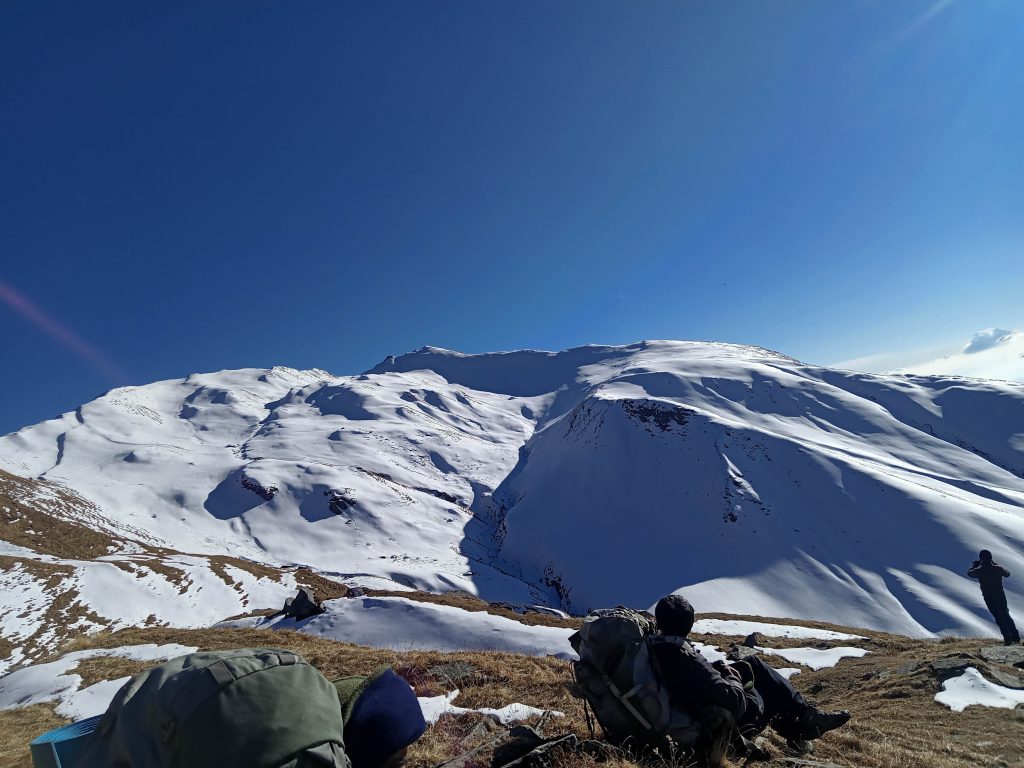
He said that the alpine area of their Van Panchayat is located in the Galak Khop (at the mouth of the glacier) near the Rulla Glacier, and there is only one route to get there. This is why they have to leave at two in the morning to reach the alpine meadows as early as possible. Even then, it takes about two days to get there. Food and supplies are carried up on their backs in advance because it’s very difficult to carry a lot of supplies all at once at such heights. Staying in these regions for about two months is fraught with difficulties because there is no electricity or other amenities there. The drinking water source is 1 to 2 kilometers away, and finding firewood for cooking requires walking long distances for there are very few trees that grow in these high-altitude meadows. Tents have to be set up to sleep in, and the wind is very strong.

At these altitudes, it’s common for rain to suddenly turn into snow, and the weather constantly changes, often becoming so foggy that visibility is almost zero. An early breakfast with dinner in the evening is all they eat as the entire day is spent digging for Keeda Jadi. When they return home at the end of the season after collecting Keeda Jadi, any remaining dry rations are carefully stored in pits to be used in the coming year.
“At these altitudes, people don’t bathe for months. Forget bathing, even washing our face happens only occasionally. The cold is so severe that there’s a risk of falling ill from exposure, and there are no hospitals or medicines available there,” my uncle continued.
Hearing all this, I was taken aback and began to wonder why people risk their lives just to earn from Keeda Jadi.
Searching for Keeda Jadi requires bending over because the part of the fungus that is visible above the ground is as slim as a matchstick. The rest of it, which is the body of the caterpillar, has to be carefully dug out from under the ground to avoid breaking it. Keeda Jadi is found where the snow has melted and shifted because it’s hard to see when covered by snow.
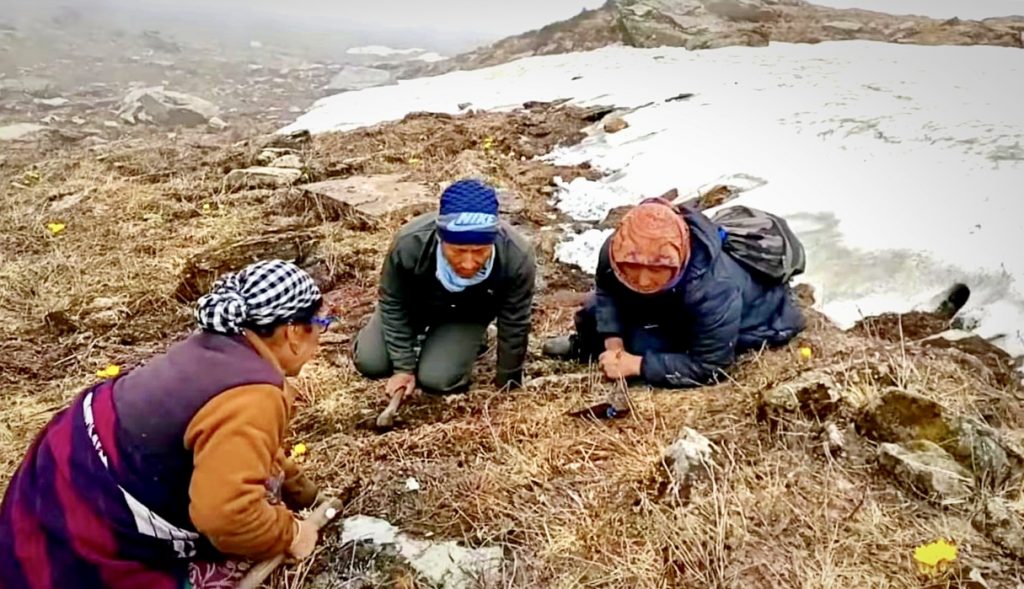
In many areas, women are prohibited from searching for Keeda Jadi. The belief is that the presence of women in the high-altitude meadows angers the local deities because women are considered impure during menstruation. As long as girls have not started menstruating, they are permitted to go to the high-altitude meadows for collection. However, I have seen that in many other regions, women still go in search of Keeda Jadi, and no deities seem to be angered in those cases.

I later understood that people endure such hardship because one kilogram of Keeda Jadi can fetch between 10 to 15 lakh rupees, even with the price fluctuating. Last year in 2023, the price was 10 lakh rupees. Since there is no fixed rate, there is a fair bit of uncertainty in this business. It is said that a contractor who buys Keeda Jadi will purchase around 15 to 20 kilograms and transport it with the help of a few companions through forests and mountainous paths to Nepal and then onto China. The routes they take are unknown to anyone because if they get caught, they could face imprisonment.
In Uttarakhand, the extraction of Keeda Jadi from Van Panchayat areas is legal, but those collecting it must pay royalty to the state Forest Department. To avoid paying this royalty, people do not report the quantity of Keeda Jadi they collect and prefer to negotiate deals with contractors on their own. Several factors have contributed to the black marketing ofKeeda Jadi. The Chief Minister of Uttarakhand has recently announced that a new policy for its extraction and sale is being developed, which may be implemented soon.
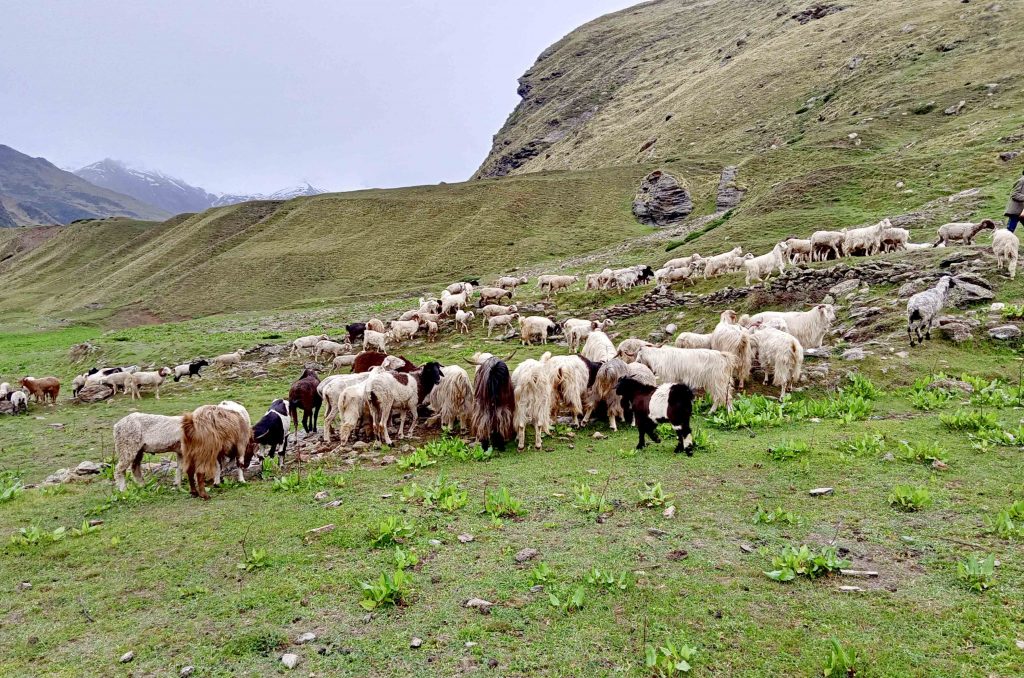
The highest demand for Keeda Jadi comes from China, where it is used in various medicines. It is said to be used by those suffering from fatigue, kidney disorders, and most notably by athletes. The global attention on Keeda Jadi increased significantly when the Chinese athletic team performed exceptionally well at the 1984 Olympics held in Los Angeles. When asked about their improved performance, they revealed to the world that their consumption of Keeda Jadi had contributed to their enhanced athletic abilities. In our village homes, folks make a powder from it and mix it into milk for consumption, considering it to be nutritious.
However, in the international market today, the heavy demand for Keeda Jadi is largely attributed to its reputation as an aphrodisiac and for enhancing sexual performance.
Keeda Jadi has transformed the lives of many people in the Gori Valley, especially those who were economically disadvantaged and willing to take extreme risks to collect it. Today, many of these villagers have become wealthy and prosperous. Those who once had no homes now own luxurious houses. They have even purchased vehicles and bought land in the cities. Their lives have been significantly changed for the better.
Some of the children who studied with me used to go searching for Keeda Jadi. They would be absent from school for those 2 summer months because their parents would take them along for the collection. I felt bad for two reasons: first, their education was suffering, and second, I did not like the fact that they would give us their notebooks and ask us to complete their school work. We used to struggle to finish our own work but couldn’t refuse because they were our friends.
Currently, large quantities of Keeda Jadi are being collected from the higher reaches of the Gori valley. This is problematic for the future because excessive collection may significantly reduce its natural cycle and availability in nature. In 2024, unpredictable weather and changes have further adversely impacted the situation. This year, a lot of Keeda Jadi had already dried up before people even went out to harvest it because the snow melted early, leading to a reduction in the quantity collected. We are now left wondering whether it might just become extinct in the near future.
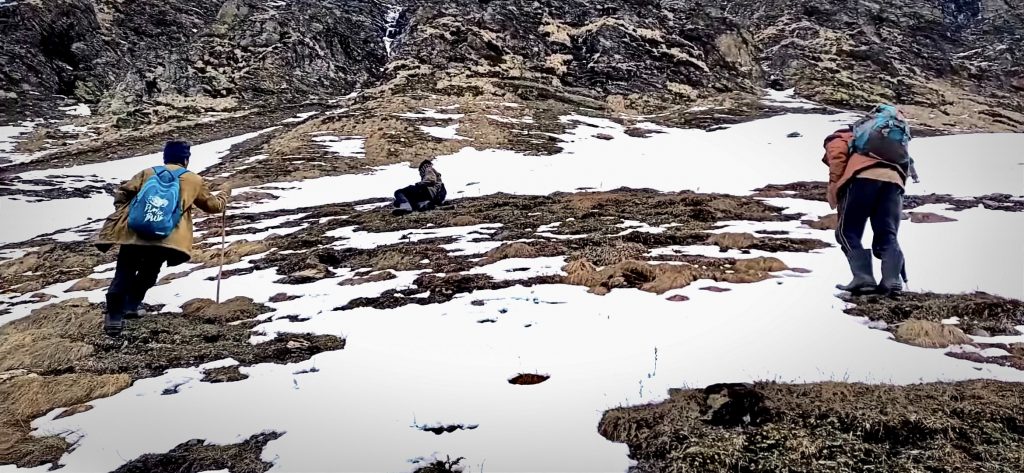
Many villagers in the Pithoragarh district, particularly in the Dharchula and Munsiari areas, now say, “Keeda Jadi has become a curse for our children. They are not attending school or college. They are making money but spending their days in a state of intoxication.”
As a result, a generation is becoming uneducated and they are turning to dubious activities. They have learned to earn money at a young age and this is destroying many young lives.
In Munsiari, I have talked to many of my peers who have abandoned their studies, both school and college. Seeing them, it feels like their eyes are now filled with uncertainty rather than with dreams. Their life direction seems to have suddenly changed, and they are not thinking about their distant future. If Keeda Jadi were to become extinct, what would happen to those whose livelihoods depend entirely on it? My sense is that education should never be abandoned as it opens up various paths and opportunities.
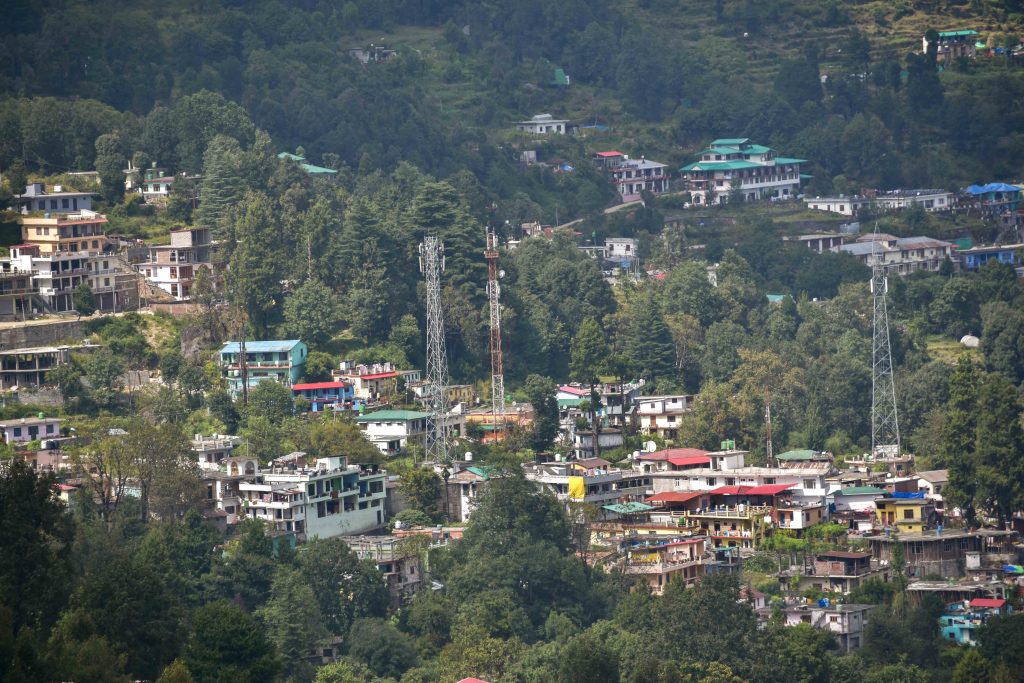
An acquaintance of mine from Munsiari recently told me with a heavy heart, “I dropped out of school after the 10th grade. Nowadays, I earn a good amount of money, but education is very important, and I regret not completing my studies. It would have been better for me if I had. And it worries me, now that the quantity of Keeda Jadi is gradually decreasing.”
“It makes me wonder if Keeda Jadi, which was once considered a boon for the villagers inhabiting the higher Himalayan ranges of Uttarakhand, is now becoming a curse?
Meet the storyteller






